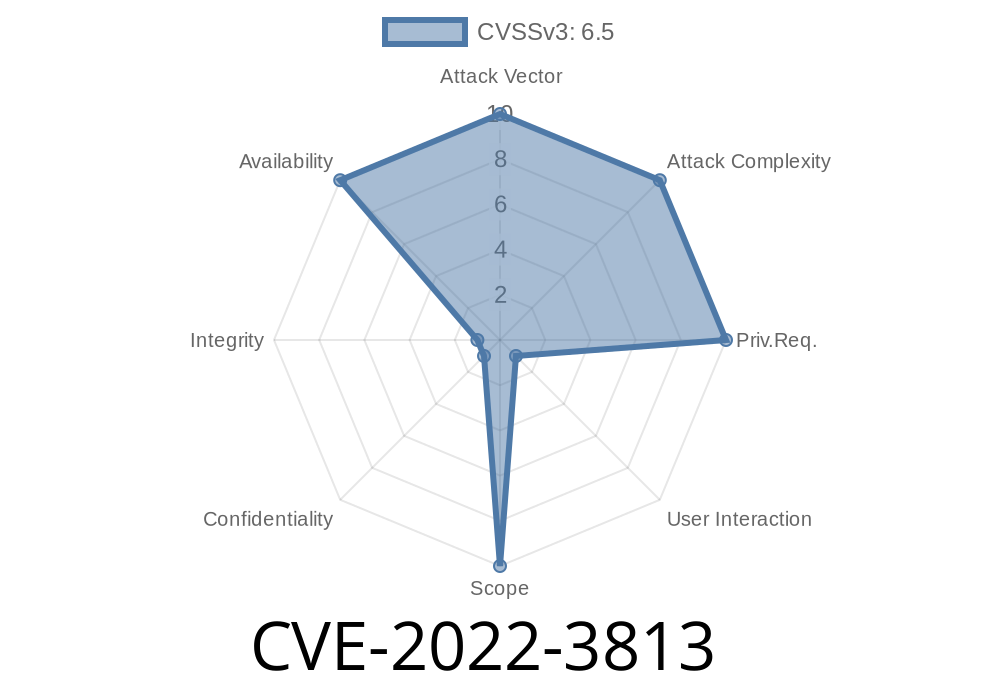A new security vulnerability, classified as problematic, has been discovered in Axiomatic Bento4, a popular open-source multimedia toolkit used for Hulu, Amazon Prime Video, and other services. The vulnerability specifically affects an unknown part of the Bento4 component called mp4edit. If exploited, this vulnerability could cause memory leaks, potentially resulting in a system crash or opening the door for further attacks. The vulnerability can be exploited remotely and is already disclosed to the public, meaning it could be actively used by attackers. The vulnerability is identified by VDB-212679.
Understanding the Vulnerability
The affected component, mp4edit, is part of Bento4's core library, which means that any applications using it could be at risk. The issue arises when manipulating specific parts, leading to a memory leak. Memory leaks can cause software to slow down, potentially crash, and use up a large amount of system memory, making the targeted system more susceptible to additional attacks.
By exploiting this vulnerability, an attacker can trigger memory leaks remotely, potentially causing significant damage as they start consuming system resources. This problem is compounded as the exploit has already been publicly disclosed and thus may be used by malicious actors to target affected systems.
Here is a sample code snippet that demonstrates the problematic part of the mp4edit component
#include "Bento4/Core/Ap4.h"
int main() {
AP4_ByteStream *stream;
AP4_File *file;
AP4_Sample sample;
AP4_DataBuffer data;
AP4_Track *track;
AP4_Result result;
// Open the mp4 file
result = AP4_FileByteStream::Create("example.mp4", AP4_FileByteStream::STREAM_MODE_READ, &stream);
if (result != AP4_SUCCESS) {
return 1;
}
// Create a file object from the byte stream
file = new AP4_File(*stream, AP4_DefaultAtomFactory::Instance, true);
// Find the first video track
track = file->GetMovie()->GetTrack(AP4_Track::TYPE_VIDEO);
// Read sample data
result = track->ReadSample(sample, data);
if (result != AP4_SUCCESS) {
return 1;
}
// Here: manipulating mp4edit component and causing memory leak...
// ...
// Free resources
delete file;
stream->Release();
return ;
}
This example illustrates a simplified version of how the mp4edit component is used and how the vulnerability could be caused by its manipulation.
Original References
For more information and details about this vulnerability and its disclosure, please refer to the following original sources:
1. Bento4 GitHub Repository: https://github.com/axiomatic-systems/Bento4
2. VDB-212679 Vulnerability Details: https://vuldb.com/?id.212679
Exploit Details
The exploit for this vulnerability is currently available to the public, which increases the likelihood of it being used against affected systems. Unfortunately, there are no patches or reliable methods to mitigate this issue at the moment. Users are encouraged to monitor the Bento4 GitHub repository for updates and apply any patches as soon as they become available. In the meantime, users can attempt to limit exposure by minimizing the use of the mp4edit component and securing their systems in other ways.
In conclusion, CVE-2022-3813 is a problematic vulnerability in the Axiomatic Bento4's mp4edit component. If exploited, it can cause memory leaks that can lead to further exploitation, system slowdown, or crashes. By staying vigilant and watching for updates, users can minimize the potential risks posed by this vulnerability.
Timeline
Published on: 11/01/2022 22:15:00 UTC
Last modified on: 11/02/2022 19:00:00 UTC
